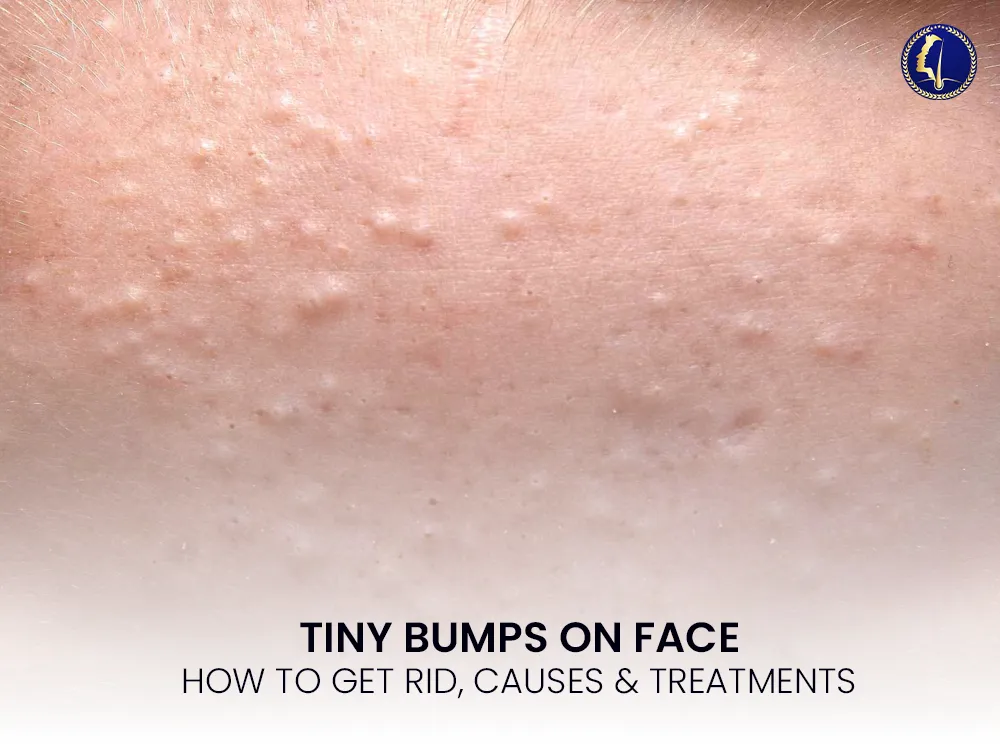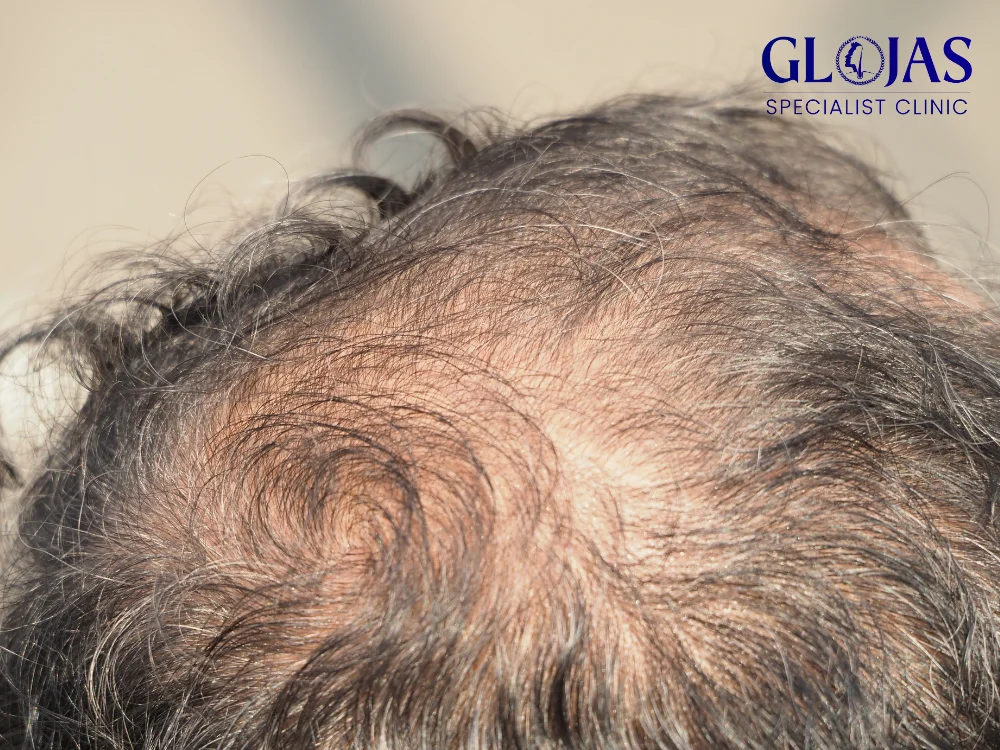How To Get Rid of Tiny Bumps on Face & What Treatments

Tiny Bumps On Face Tiny bumps on face can be frustrating and affect your confidence. These bumps may be caused by various factors, including clogged pores, skin conditions, or allergic reactions. Fortunately, there are effective treatments to help you achieve clear, smooth skin. In this guide, we will explore the causes, treatments, FAQs, and estimated […]
7 Proven Ways to Combat Hairfall in Men and Regain Your Confidence

Hairfall in men is a common issue that affects millions worldwide, causing distress and impacting self-confidence. Although it’s normal to lose between 50-100 hairs per day, excessive hairfall can lead to noticeable thinning, bald patches, and even permanent hair loss. Understanding the causes and exploring effective treatments is crucial for addressing this problem early. In […]

